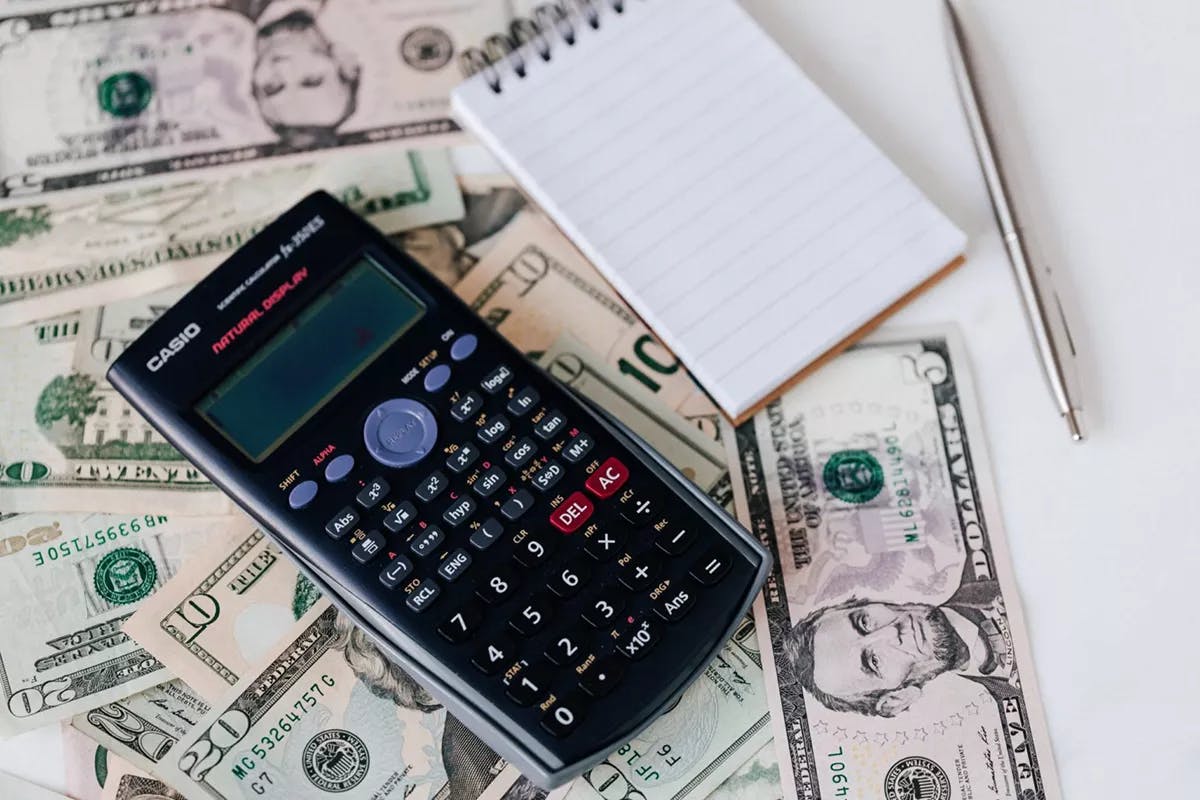When you apply for a credit card, there’s endless fine print to sift through. One thing you don’t want to miss is what your APR, or annual percentage rate, will be. In fact, it’s quite difficult to miss it, and that’s no mistake: In 1968, the Truth in Lending Act mandated credit card companies disclose essential information to credit card carriers, including the APR and other associated charges—and for good reason.
Approximately 60% of U.S. adults had credit card debt in 2019, according to the National Foundation for Credit Counseling, and interest is a significant contributor to credit card debt. Cushion negotiates millions of dollars in credit card and bank fees each year, with credit card interest charges accounting for nearly 40% of them.
So what exactly is causing all of this debt? Read on to learn about credit card APR and how that pesky interest is calculated.
What is credit card APR?
If you purchase something with a credit card and don’t pay for it in full when your payment is due, a percentage of your principal balance will be added each day that your balance remains above $0. The principal balance is the initial amount that you’ve charged to the card, the amount that’s added on top of the principal is called interest, and the percent used to determine that amount is the APR.
Each time you pay by credit card, you borrow money and the lender will charge you interest if you don’t pay off the balance in full. Say you pay $1,200 for a new refrigerator. Your lender will send you a monthly statement for $1,200. You can pay the full balance so you won’t accrue interest, but if you only pay the minimum amount of $50, you’ll carry a balance of $1,150 to the next month and it will begin accruing interest at the rate set by the lender.
Every standard credit card has an APR. In the first quarter of 2020, the average credit card APR was 16.61%, according to the Federal Reserve.
How is credit card interest calculated?
Lenders can calculate interest differently; however, they most commonly apply interest daily, and therefore use a daily percentage rate. To find how much interest you will accrue in a billing cycle, you will need to know: how many days are in the billing cycle, your APR, and your average daily balance. Find your average daily balance by adding your purchases from each day and dividing by the number of days in the billing cycle.
For a 31-day billing cycle with a 16.61% APR and an average daily balance of $1,000:
Find your daily percentage rate by dividing the APR by 365.
(16.61/100) / 365 = 0.00046
Find how much interest you will accrue in one day by multiplying the daily percentage rate and your average daily balance.
0.00046 * 1,000 = $0.46
Find how much interest you will accrue in a 31-day billing cycle by multiplying your daily interest by the number of days in the billing cycle.
$0.46 * 31 = $14.26
An interest charge of $14.26 might seem manageable, but keep in might that next month, you’ll accrue interest on your principal plus whatever interest has already been added to your balance. This is called compound interest, and it is one of the many nuances associated with credit card APR.
APR isn’t a simple definition and equation, though these basics are essential to understanding how credit can add up and lead to unmanageable debt. Now that we’ve established what APR is and how it’s calculated, it’s time to dig a bit deeper. Read more about different types of APR, compound interest, and other common questions here.



